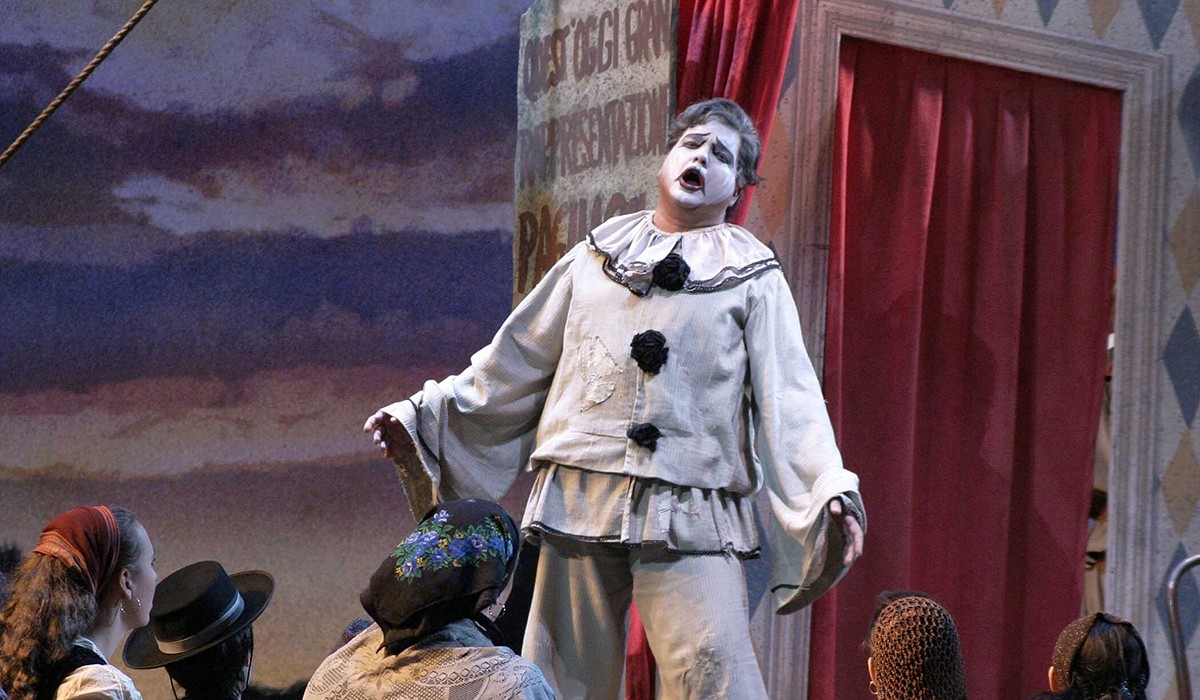Curators - What Do They Do And Why Do We Need Them?
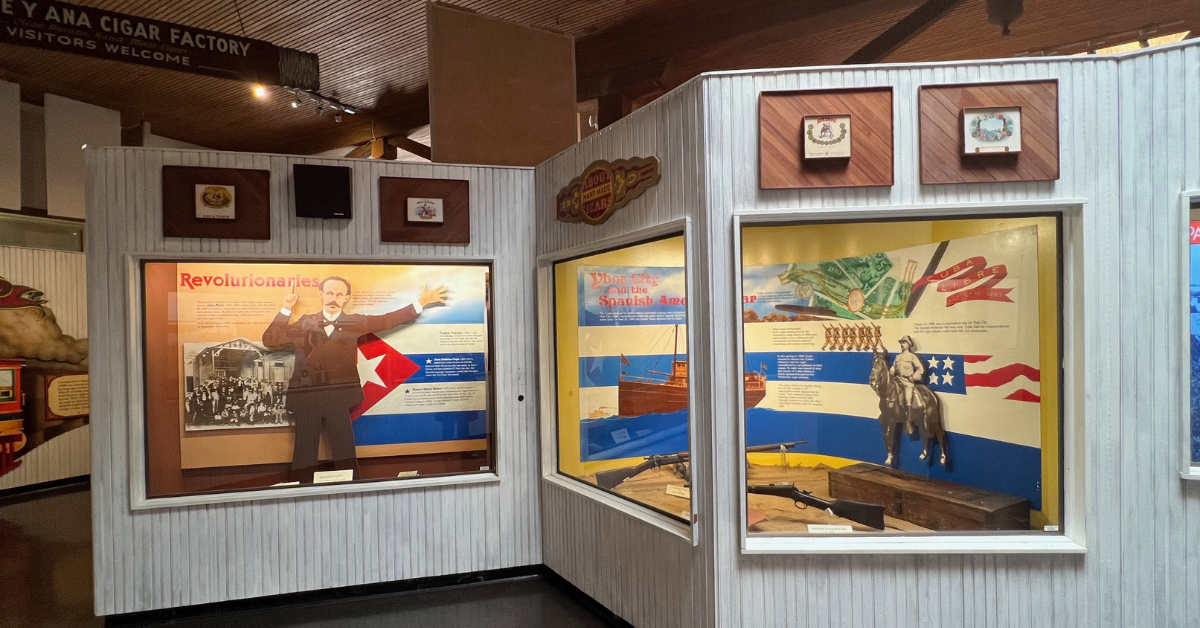
Lately it seems that everything is curated- from museum collections to data
to shopping options, even your digital content. What used to be called a playlist is now a curated music selection. Curated collections of clothing appear as suggestions on websites and influencers curate your browsing on the internet.
The word curation generally refers to the sorting, organization and presentation of information or objects, sometimes around a theme and sometimes according to generally agreed upon categories. There is the implication of this being done by someone with expert knowledge of the subject and an opportunity for the user, viewer or reader to gain new insights or understanding through the curator’s interpretation.
Obviously, there is room for discussion and discussion is ongoing- who curates, who is an expert and who gets to decide? A big question, but for the moment, let’s focus on museums, where the role of curator is generally accepted as necessary, shifting the focus to the issues they face and why they are needed.
Historically, people who had the title Curator worked in museums, art galleries, libraries, or archives. Most of these institutions have a curator or a full curatorial staff who are responsible for the collection. They generally must have degrees and experience that qualify them as experts. Thus we, as viewers are reassured that what we are looking at is both accurate and educational.
Think of the curator, not only as a caretaker, but a storyteller. The person currently in the position may be following parameters set by the mission of the museum, accepted practice of fellow professional or building on the work of their predecessors, continuing the story of those particular objects, sometimes being able to organize an exhibit that is infused with their vision, choosing objects and writing labels that offer a new version of the story.
Most museums are organized by collections, but the ways they have arrived and been categorized is varied, almost always subjective and often controversial. Historical museums may be divided into timelines or specific influences. Objects may be put in context through their use, original ownership or historical context. Art Museums are generally set up by timelines or movements, with the work of one artist in a group. Someone has to decide what goes on the labels in order to tell a consistent story that makes sense to the viewer. All of these are curatorial decisions.
Collections are assembled in many ways. They may be carefully assembled, with objects sought out to educate on a specific topic or be a personal collection opened to the public viewing. Whether they collected legally or appropriately is a subject for another day, but the decisions being made to reorganize spaces or return items to their original owners or countries to honor the makers appropriately are curatorial. A reframing of the story to create a more accurate and equitable picture.
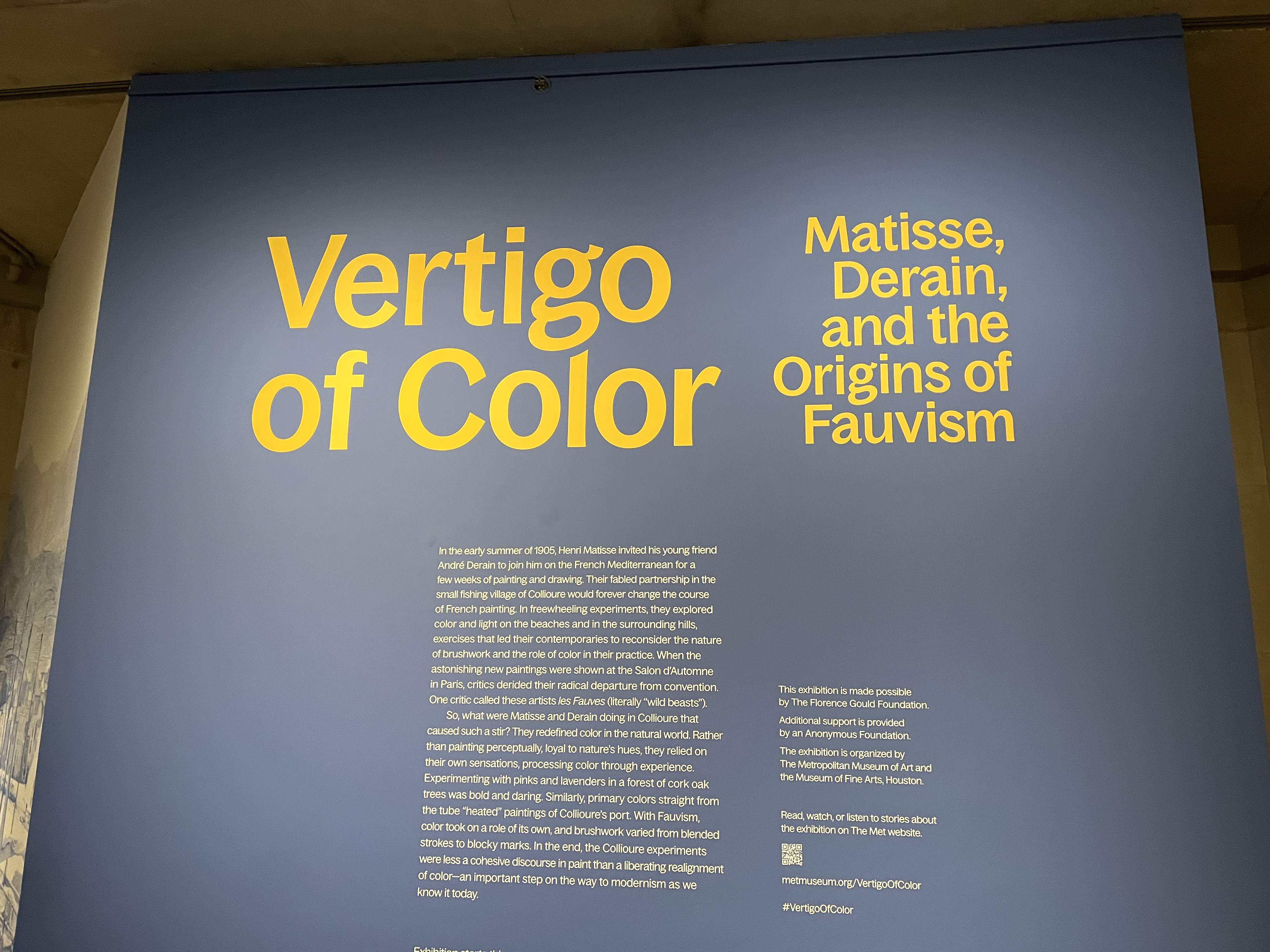
The desire to create new experiences, employ new technologies and engage audiences has given rise to new modes of storytelling. The use of QR codes to add more information and anecdotes than the labels can hold requires sorting the information that is important whether that be about media, technique, movements or facts and anecdotes about the artist’s life. Immersive experiences that seek to make the viewer a part of the art take various forms and the curator’s involvement varies as well, sometimes in selecting the artist and sometimes to choose the art.
A new feature at the Art Institute of Chicago allows viewers to choose objects and create their own tours, thus becoming a part of the curatorial process, albeit a secondary part. Out of thousands of objects, curatorial staffs have decided what would be on display and someone had to choose the subset available for the user to choose. Was that person an educator or an art historian? No matter, they were curating.
When you, the viewer enter, you may have a certain agenda or expectation. To be educated in a general way, because of interest in a particular subject, in search of a moving experience with the object, see a special exhibit (curators view!) or maybe you just wandered in to pass the time. You also bring a certain level of knowledge about the subject that may range from nothing to expert. There may be expectations about the story that will frame your reaction to it. Here, as when opening a book you are anxious to read, the story is there for you to savor or revile.
Curation is the path to sorting an amount of information that may be overwhelming in quantity or in the ease of finding out more about it. The very word implies a level of knowledge that is deeper than what can be easily acquired and an interpretation of meaning. The best version of it provides new information and hopefully, new insights. It can be simply the classification and presentation of what is there or a creative interpretation of things that we once thought were familiar.
So, do we need it? Is it useful? The answer is sometimes and the answer is not the same for everyone in a particular situation. Do you need to agree with a particular point of view? Of course not. The questions to ask yourself are: Who is doing the curation?What are their credentials and how does that inform their choices? What you you hope to get from your experience and what do you bring to it?
Then, relax and enjoy the new experience.
Similar Posts
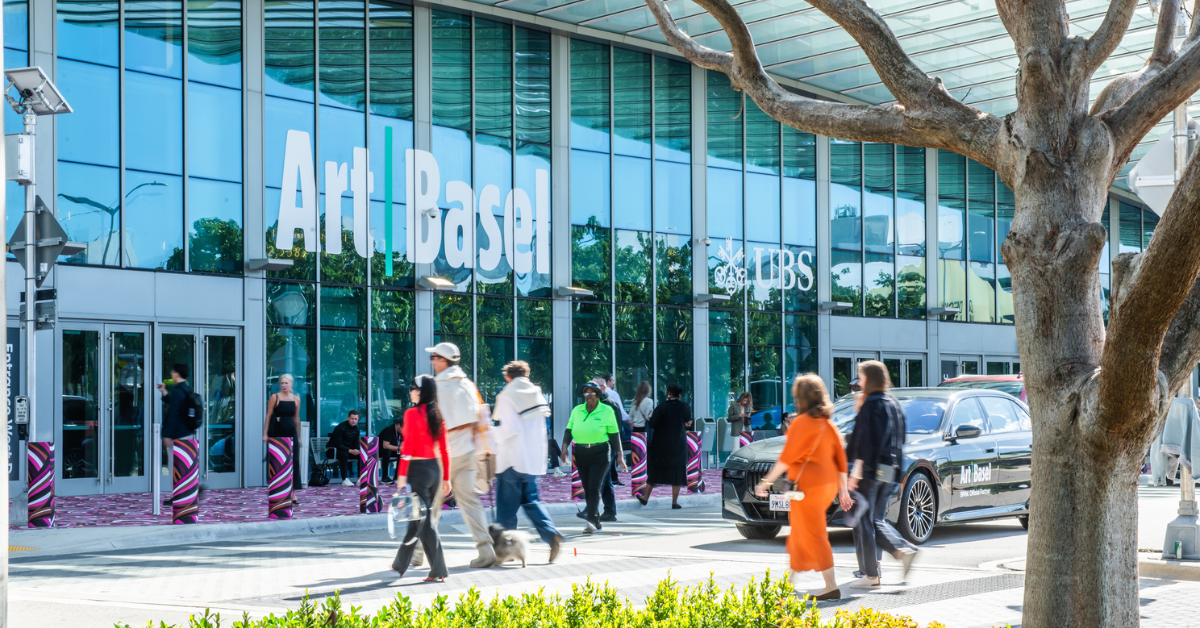
The most wonderful time of the year? Art Basel Miami Beach!
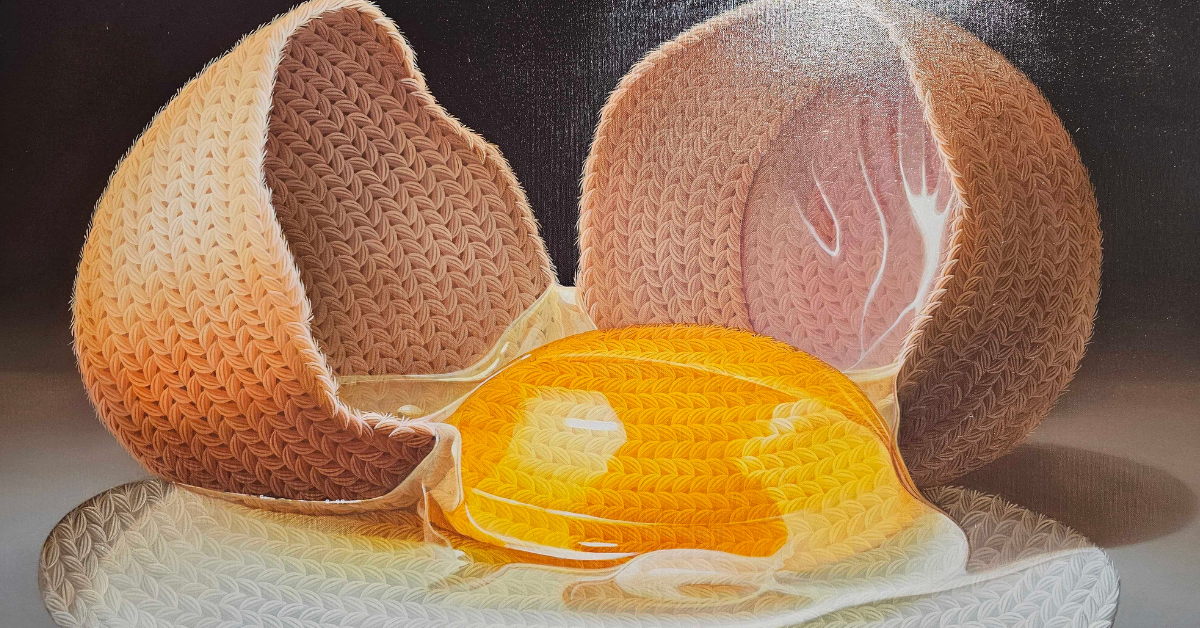
How Do You Want to Look at Art?
Recent Posts
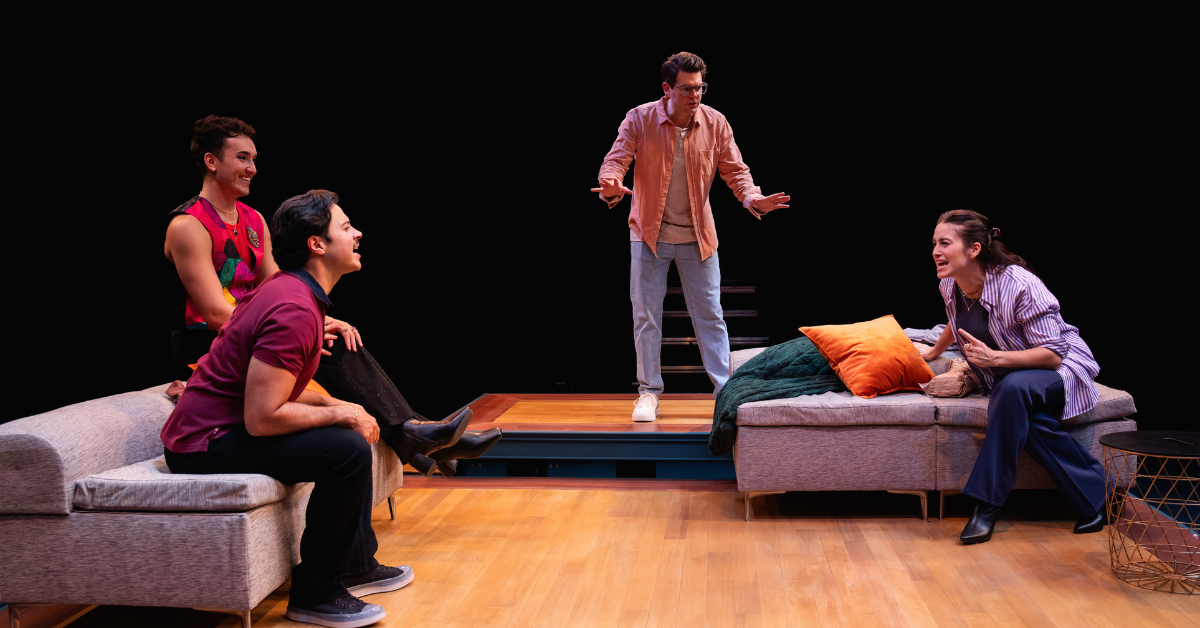
A Third Way Review
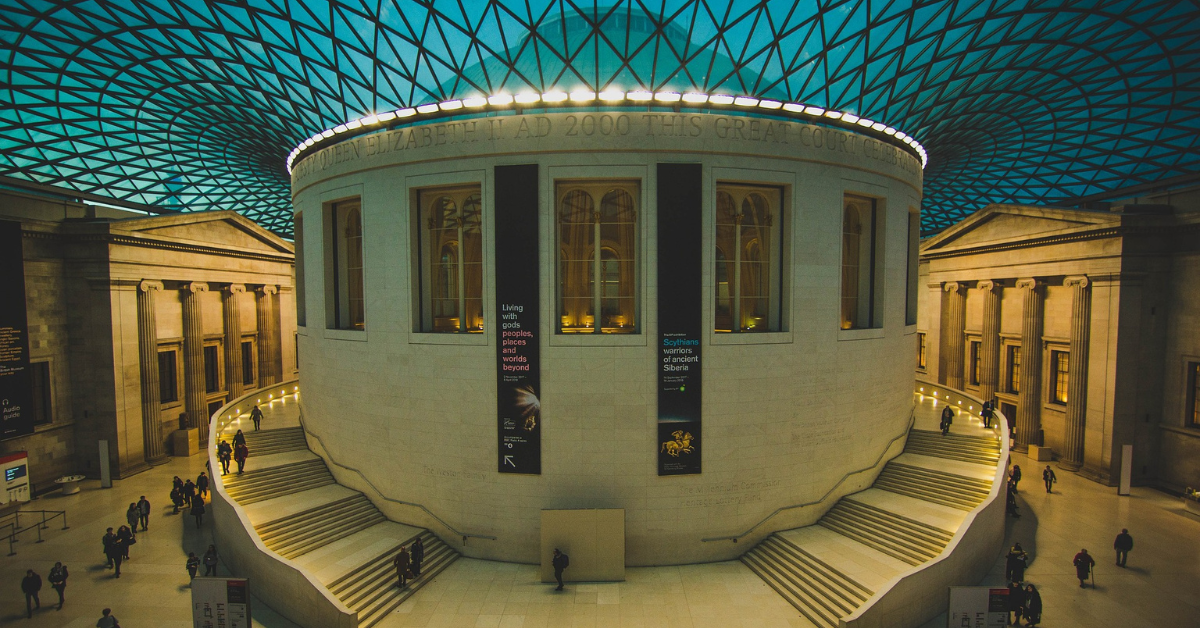
The World's Most Famous Art Galleries and Museums You Absolutely Need to Visit

Maker Once Known
